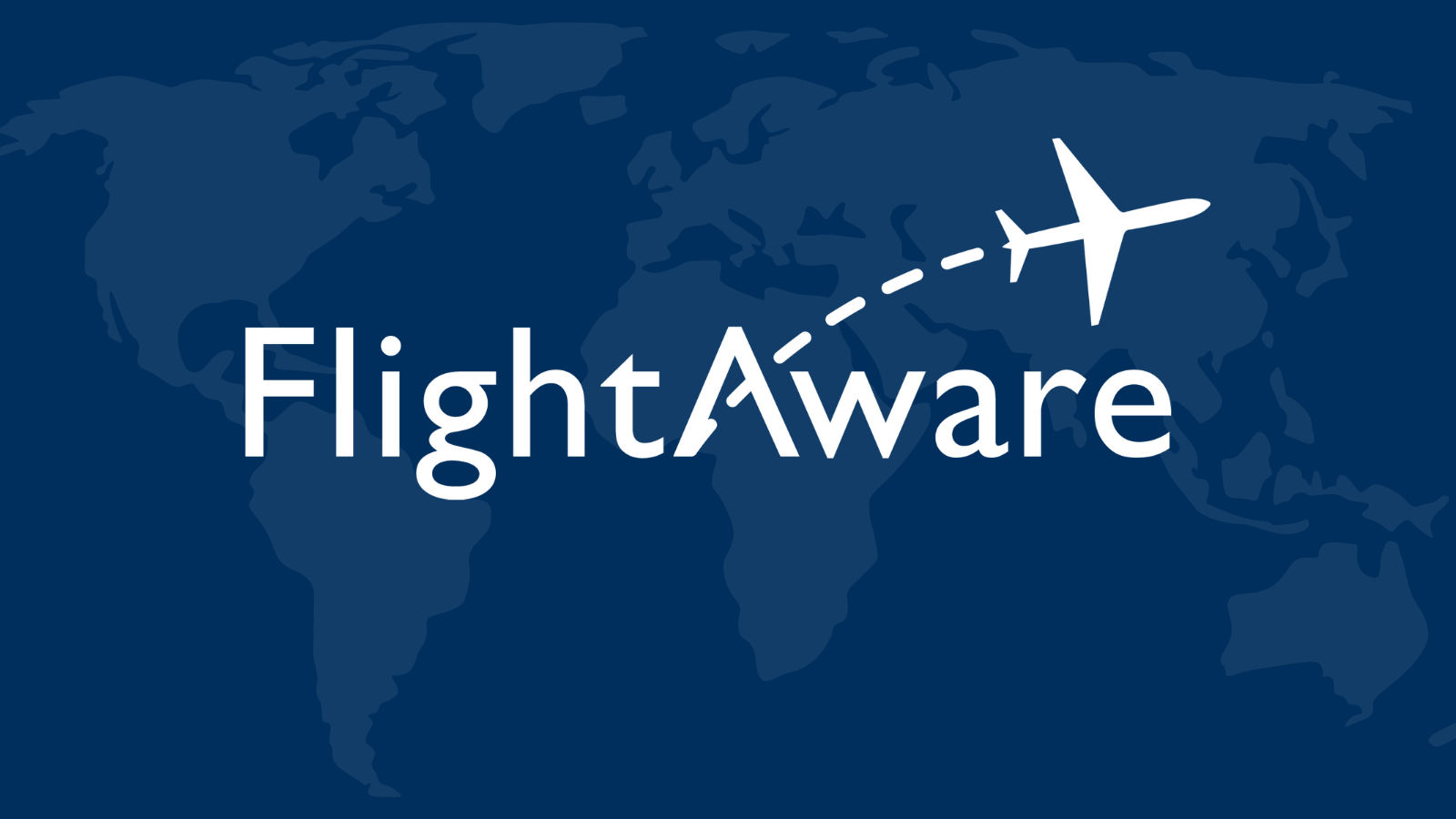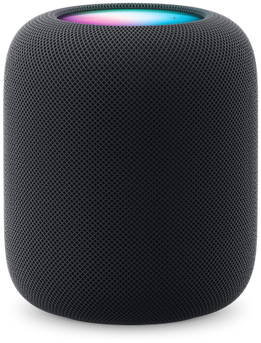Eye-care and astronomy experts are urging caution for those planning to witness the rare total solar eclipse set to occur on Monday, April 8 in Canada's eastern provinces, parts of the United States, and Mexico. To safely view this celestial event, experts recommend using specialized solar filters, handheld solar viewers, or eclipse glasses. These protective eyewear options use special filters made of black polymer or aluminized polyester to reduce the intensity of sunlight.
According to NASA and other astronomy experts, eclipse glasses are thousands of times darker than regular sunglasses and block virtually all light. To ensure safety, it is recommended to use glasses that are certified by the International Organization for Standardization and labeled as ISO-12312-2, meeting international safety requirements.
Dr.Shaina Nensi, vice-president of the Ontario Association of Optometrists in Toronto, advises obtaining eclipse viewers or glasses from suppliers recommended by the American Astronomical Society. She emphasizes the importance of ensuring that the glasses are not damaged, as scratches or dents could compromise their protective properties. It is crucial that the solar filter or glasses only allow the user to see the sun or light equally as bright as the sun, not ordinary objects. Dr. Nensi warns that if ordinary light can be seen through the glasses or filters, they are not safe and pose a high risk of eye damage. In terms of wearing the glasses, Robert Cockcroft, an assistant professor at McMaster University and secretary of the Canadian Astronomical Society, recommends that the glasses fit snugly enough to withstand shaking the head without falling off.
For those who wear prescription glasses, ensuring that they fit underneath the eclipse glasses is important. Experimenting with wearing just the eclipse glasses or putting the filters on before the glasses can help ensure a secure fit. While NASA states that it is safe to look at the sun with the naked eye during the phase of totality when the moon completely covers the sun, Dr. Nensi advises against looking at the sun without protection, even during this brief period. Exposure to direct sunlight during an eclipse can lead to solar retinopathy, a condition where the retina is damaged from looking directly at a bright light source. Symptoms of retinopathy include permanent or temporary blind spots, distortions in vision, sensitivity to light, eye pain, and even complete blindness. In the event of experiencing symptoms of eye damage, including mild discomfort, Dr. Nensi recommends seeking immediate help from an optometrist.
Depending on the duration of exposure, the effects of retinopathy can be irreversible. For those viewing the eclipse for an extended period, it is essential to protect the skin by wearing sunscreen, a hat, and protective clothing to avoid skin damage from direct sunlight during partial eclipse phases, as advised by NASA. When it comes to viewing the sun through cameras, telescopes, or binoculars, Dr. Nensi warns that the lens of these devices can intensify light rays, increasing the risk of eye damage. To safely use such devices during the eclipse, a special lens filter should be employed to prevent injury.
The American Astronomical Society emphasizes avoiding the use of solar filters designed to be attached at the back of telescopes, binoculars, or cameras, as this can lead to concentrated solar rays burning through the filter and causing serious eye injury. Proper solar filters attached to the front of these devices negate the need for eclipse glasses. As the total solar eclipse approaches, taking precautions to protect both the eyes and skin is essential to ensure a safe and enjoyable viewing experience. By heeding the advice of eye-care and astronomy experts, spectators can marvel at this natural phenomenon without putting their health at risk.









 English (US)
English (US)